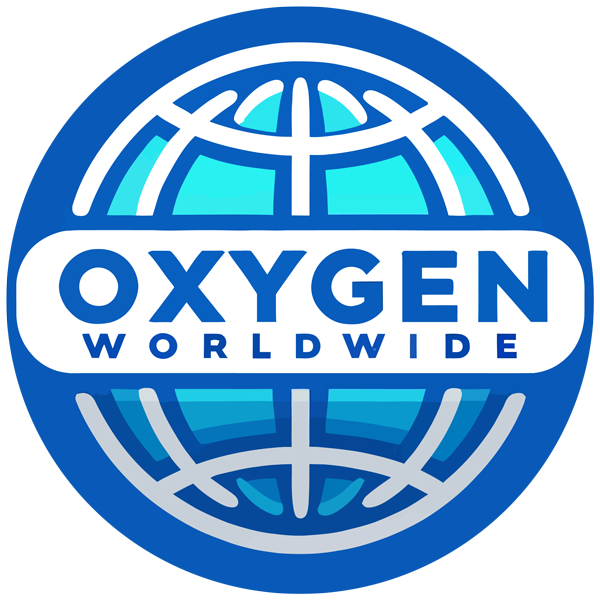For those suffering from respiratory diseases, sleep apnoea is often an accompanying condition. Sleep apnoea is a common and chronic condition in which breathing stops or becomes shallow during sleep. Breathing pauses can last from a few seconds to minutes and can occur 30 or more times an hour. Disrupted sleep and a reduction in the level of oxygen reaching the brain can increase blood pressure (leading to heart disease), reduce mental ability and leave you feeling tired and fatigued, in addition to your daily respiratory symptoms.
There are two common treatments for sleep apnoea; continuous positive airway pressure (CPAP) and mandibular advancement devices (MADs). A recent study has shown that both treatments not only are effective in reducing sleepiness and increasing oxygen levels while you sleep but also result in a lowering of both systolic and diastolic blood pressure rates.
MADs work by pushing the jaw and tongue forward to keep the airway open during sleep and are shaped similar to a gum shield. With CPAP the patient wears a mask connected to a device that produces mild air pressure and provides oxygen which helps to keep the airway open.
Some patients find it difficult to adapt to CPAP with problems wearing the face mask or being unable to sleep due to the noise of the compressor and find MADs a more suitable treatment but it does depend on what type of sleep apnoea you suffer from as to which treatment is more suitable.
In the study of 5000 patients both treatments were tested as to their effectiveness and ability to decrease blood pressure. There was no significant difference between CPAP and MADs in lowering blood pressure, they both were equally effective however CPAP was more likely to lower systolic blood pressure compared to MADs and would be slightly more effective in patients who are able to enjoy more hours of sleep.
Even though CPAP appears slightly more effective and are effective across the whole severity range, MADs are equally good as an alternative treatment for some patients who suffer mild to moderate sleep apnoea. The lowering of blood pressure achieved by the two treatments is modest so if you suffer from very high blood pressure you should get it checked regularly and take your medication to help to combat this.
Many patients find that by combating their sleep problems they feel much more able to face the day with their respiratory condition and in combination with oxygen therapy during the day or night they feel able to being able to carry out all their daily activities and feel near normal again.
References: http://www.webmd.com
1 Commentaire
Add comment Annuler la réponse
Vous devez vous connecter pour publier un commentaire.





I do not suffer from sleep apnoea, but my husband did, scary to say the least.